Polyvinylchloride or PVC trim is a material that can be used in place of wood for many building and construction projects. Cellular PVC can be molded and shaped just like wood and is rapidly becoming a favorite option for builders and contractors for trim work around new homes and other such projects.
The benefits of using cellular PVC trim in building projects is that PVC won’t chip, crack, cup, or bow, and it won’t rot or be prone to insect infestation. Cellular PVC also doesn’t absorb moisture, so it’s an excellent choice for areas of a construction project that may come into contact with the ground. Cellular PVC can also be shaped and molded very easily, so it can fit around curved windows and other oddly-shaped exterior features.
To better understand the benefits of using cellular PVC trim in building projects, you might note what cellular PVC trim is, so you know why PVC trim boards can be so helpful. You might also note some drawbacks of using standard wood for trim, and why this material has fallen out of favor with some builders and contractors.
What is cellular PVC?
PVC is a widely used type of synthetic plastic polymer. A polymer is a material that doesn’t separate easily, so PVC is often used for pipes and any container that needs to hold or direct water. As PVC doesn’t separate when exposed to moisture, it’s an excellent choice for plumbing fixtures, drainage trenches, and the like.
Cellular PVC refers to a type of polyvinyl chloride that has lots of tiny bubbles inside. This design makes cellular PVC softer and more flexible than many kinds of plastic, including standard PVC plumbing pipes, which is why cellular PVC is often used in construction and building. This soft but durable plastic can be shaped and molded into just about any form without the need for specialized equipment.
This softness also means that cellular PVC doesn’t create a shallow “ping” sound when you tap or hit its surface, so it doesn’t look or feel like plastic. A manufacturer can also create the look of actual wood grain in the softer surface of cellular PVC, so that trim pieces have depth and texture and closely resemble real wood.
Pros and cons of wood trim
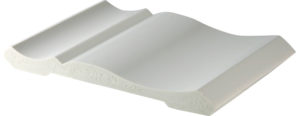
To better understand the benefits of using cellular PVC trim in building projects, you might note the pros and cons of wood trim. You can then understand why cellular PVC trim has become so popular with many contractors and new home builders.
One advantage of wood trim for a building project is its natural look and feel; there is a certain genuineness about real wood that is difficult to duplicate, and which might be preferred for craftsman style homes in particular. Wood can also be easily painted, as the porous surface of this material creates a solid foundation for paint.
Despite its classic look and feel and its appeal to those who prefer the authenticity of wood, this material has many disadvantages. While its porous nature allows the wood to hold paint or stain easily, this also allows the wood to absorb moisture from the air. As it does, wood will expand and then shrink when it dries out.
This expand-shrink cycle often leads to cupping or bowing, so that wood looks curved and warped, and pulls away from its connectors. When this happens, wood windows may not open properly, and doors with a wood frame may stick or even start to swing open because of how that wood warps and curves!
Holding moisture can also allow the wood to develop rot so that it gets soft and crumbles away. Trapped moisture in wood can also lead to mold and mildew growth, and this damage also ruins wood pieces. Wood is also a food source for termites, and its soft and porous surface can also allow ants, rodents, and other such pests to burrow through that wood and make their way into a home.
Because of wood’s nature changes when it’s exposed to moisture and as it dries out, paint or stain on its surface may tend to crack or chip over the years. In turn, you may need to sand off the top layer of these coatings and then reapply them on a consistent basis. Wood also needs a consistent application of sealant, to protect those coatings and to keep the wood from expanding and shrinking.
Because wood has so many disadvantages and requires so much work to maintain over time, many builders and contractors are now choosing materials like cellular PVC trim in building projects. This trim has many advantages over wood and other materials and can make new construction as well as long-term home maintenance easier and more affordable.
Benefits of using cellular PVC trim in building projects
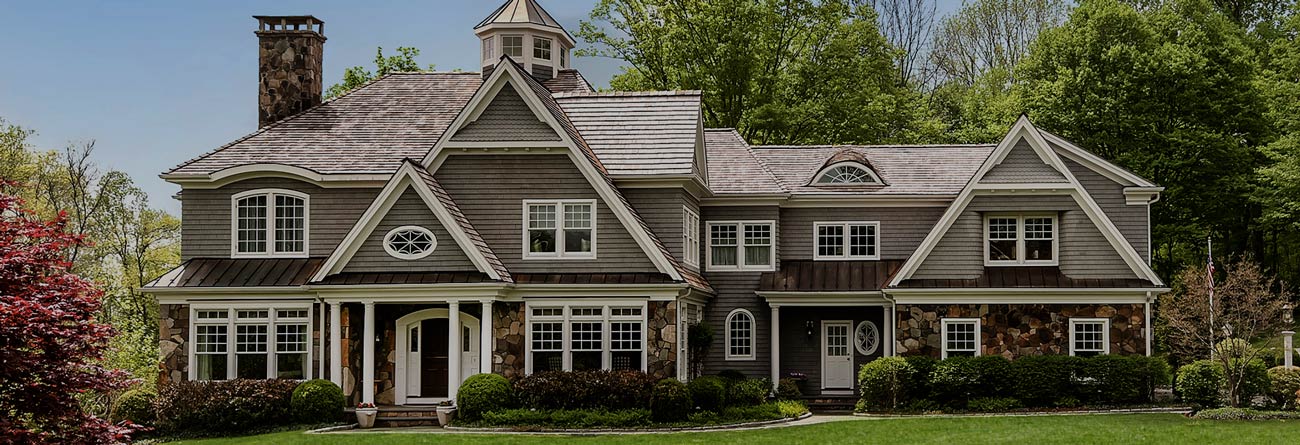 Now that you know more about the disadvantages of using wood as a trim material, you might realize why more builders and contractors are using materials like PVC trim in building projects. Note a few additional advantages that PVC has over wood when it comes to trim work on new construction:
Now that you know more about the disadvantages of using wood as a trim material, you might realize why more builders and contractors are using materials like PVC trim in building projects. Note a few additional advantages that PVC has over wood when it comes to trim work on new construction:
- The cost of timber may significantly fluctuate over the years; this includes the cost of transporting non-native species of wood. On the other hand, the cost of manufacturing cellular PVC may be much more stable, so that it’s easier to predict your construction costs and quote customers an accurate price for their new construction projects while avoiding unexpected charges for wood trim pieces.
- Because PVC doesn’t absorb moisture, it’s an excellent choice for use in humid areas and those with frequent rainstorms. PVC won’t pull moisture from the ground, or from concrete or other such surfaces, and won’t absorb moisture from the air; in turn, it won’t go through an expand-shrink cycle.
- PVC offers termites and other insects no food or water source, so these pests are less likely to invade a home that uses cellular PVC trim. It’s also difficult if not downright impossible for bedbugs, ants, and rodents to chew through PVC trim to get into the home’s framework and then nest inside.
- Cellular PVC is typically manufactured in a crisp white color, which can work well as trim for just about any home, no matter its style. A homeowner will then never need to repaint, stain, or coat the PVC with sealant, while the color will still stay true through the years.
- Because cellular PVC trim is shaped and molded for each type of piece that will be used for a construction project, there is no sawdust, wood scraps, or other construction waste generated on a build site. This lack of construction waste means no cost in having to remove excess pieces, and no money wasted on supplies that need to be trimmed down for the construction itself.
- Cellular PVC trim can be installed using regular woodworking tools, so a contractor doesn’t need to invest in expensive new equipment to start using this material.
- Cellular PVC trim is flame-retardant. This resistance to fire and heat makes it an excellent choice for any home, but especially those in areas that are prone to brushfires, wildfires, and even high heat that could cause other materials to combust. PVC trim also won’t feed a house fire, if one should start inside the home.
- The soft material of cellular PVC trim can be milled and routed so that it can be smoothly curved and molded over round windows and other such pieces. Architects may even specific cellular PVC trim be used in particular designs so that the trim fits perfectly and is a strong complement to exterior features of a home or other structure.
PVC exterior trim FAQs
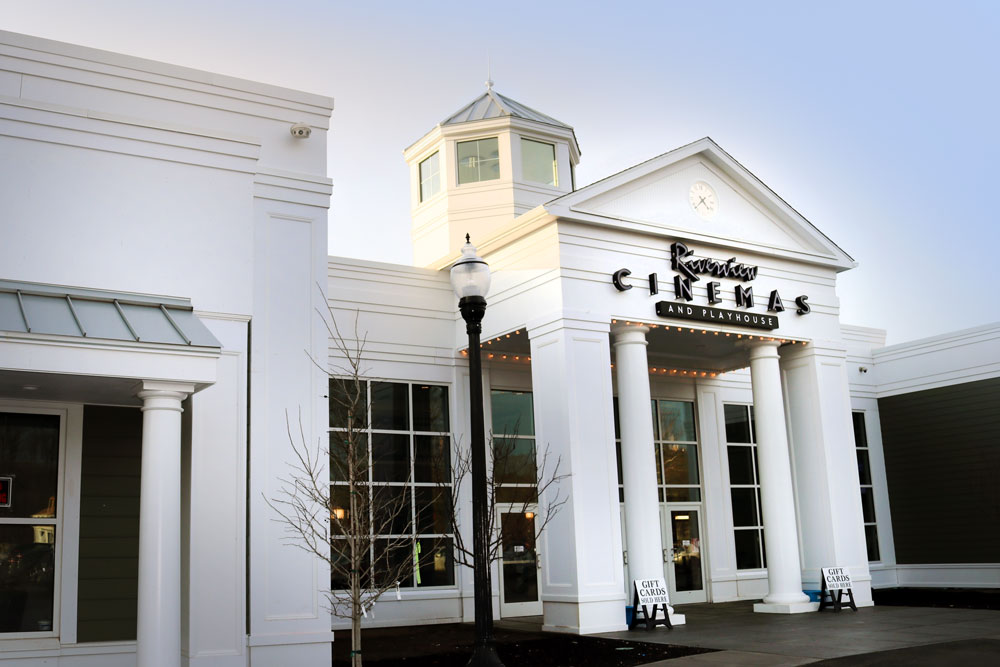 If you’re thinking of using cellular PVC trim for building projects, you might note some frequently asked questions about this product and its use, so you can determine if it is right for your construction business.
If you’re thinking of using cellular PVC trim for building projects, you might note some frequently asked questions about this product and its use, so you can determine if it is right for your construction business.
Can you paint PVC? Because PVC has a low energy surface, it can be painted, but it doesn’t necessarily hold a paint color as well as a wood counterpart. However, as said, PVC also doesn’t fade, chip, or peel, and the color won’t yellow or become grayish, so the tone of this trim should stay crisp and accurate throughout the years, eliminating the need for fresh paint.
Is cellular PVC trim bad for the environment? Wood trim can be good for the environment as wood continues to “breathe” even after it’s cut so that it helps to clean the air around a home. Wood also decomposes very quickly, without releasing toxins, so wood scraps are not harmful to the environment.
However, as you might guess, cutting down wood for construction can contribute to deforestation, which is very harmful to the environment! Transporting wood from other locations also means fumes and emissions from cargo ships and trucks.
PVC may not “breathe” and clean the air as wood does, but it also doesn’t hold mold or mildew, so your home may be at less risk for mold buildup if you choose cellular PVC trim. Since cellular PVC doesn’t rot, warp, or otherwise get damaged from inclement weather over the years, you also won’t need to replace it as often as you would wood trim, so this also means less contribution to deforestation.
Painting wood trim can also be bad for the environment, as paint, stain, and coatings typically release toxic fumes into the air. Even if you use low VOC paints and other materials, having to recoat and seal wood trim can mean more pollution and more fumes that are not eco-friendly. Since PVC doesn’t typically need painting or any sealant, it can then be better for the environment overall.
Note, too, that cellular PVC scraps and pieces can be recycled, as these pieces are broken down and ground up so they can be used to make new cellular PVC pieces. In turn, any construction waste or scraps of this material, or any parts that do need replacement over the years, don’t end up in landfills.
Is cellular PVC trim cost-effective? Cellular PVC trim isn’t necessarily cheap, but it’s usually not any more expensive than a high-quality wood species. Also, since you don’t need to paint or stain PVC trim, and since it may last for more years than wood trim before it needs repair or replacement, PVC can then be the most cost-effective choice over the lifetime of home ownership.
How is cellular PVC trim fastened to a home? One of the benefits of using cellular PVC trim in building projects is that the softer material of cellular PVC trim allows you to nail it to a home’s framework, just as you would standard wood. It can also be glued, screwed, or stapled in place, making replacement of these pieces easy for homeowners to manage on their own.
Is cellular PVC used in building projects for anything other than trim pieces? Cellular PVC is used for more than just trim work; this material is so durable and versatile that it’s also used for siding and decking. Since PVC is virtually impervious to water damage, this makes it a perfect choice for homes in tropical areas, or for decking around a pool.
Why buy from PVC Solutions?
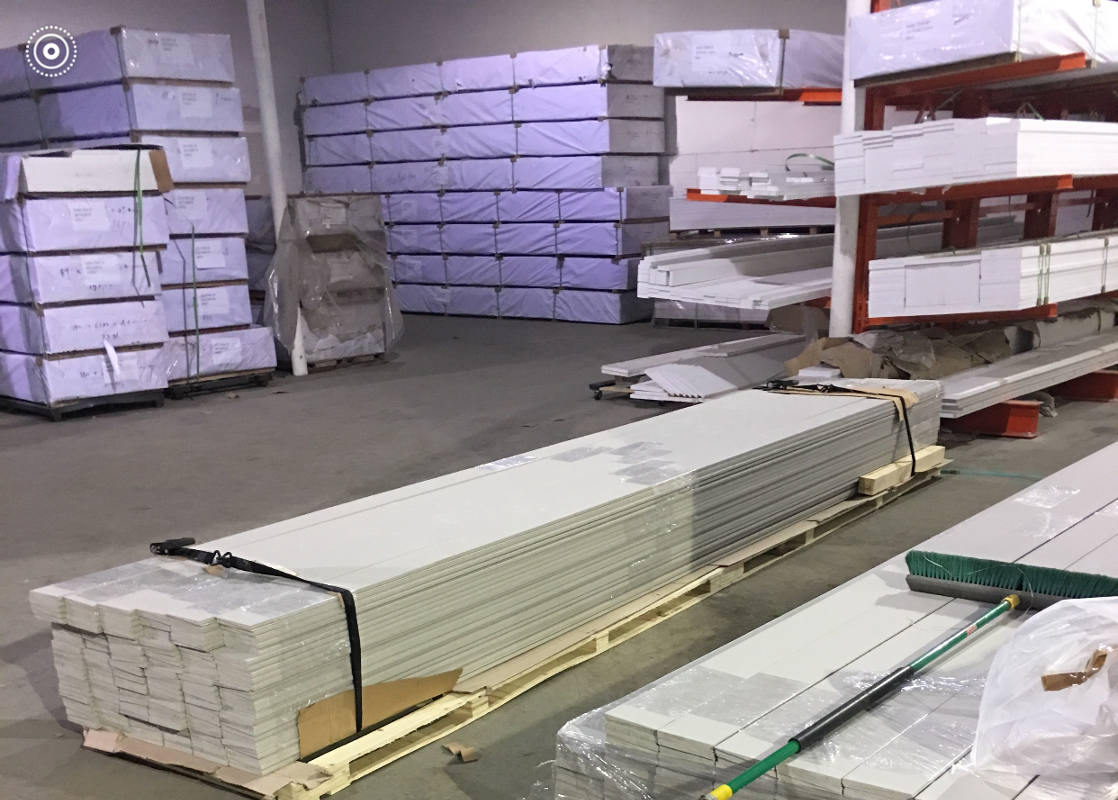
You can buy cellular PVC trim for building projects from home improvement stores, however, their supply chain is very long and there are typically many middlemen before it gets to the homeowner’s job site. Every step of the supply chain marks up their profit and passes the costs onto potential builders and homeowners. Here at PVC Solutions, we work directly with a manufacturer and import everything ourselves! Our goal is to make the supply chain as short as possible and get builders, contractors, and architects back to making the money they deserve.
Buying cellular PVC trim from PVC Solutions also means a wider variety of trim sizes, so there is less finish work that needs to be done on the job site. In turn, you’ll be able to work faster and will have less construction waste to haul away. This, too, is another benefit of using cellular PVC trim in building projects, and especially when you buy it right from a source.
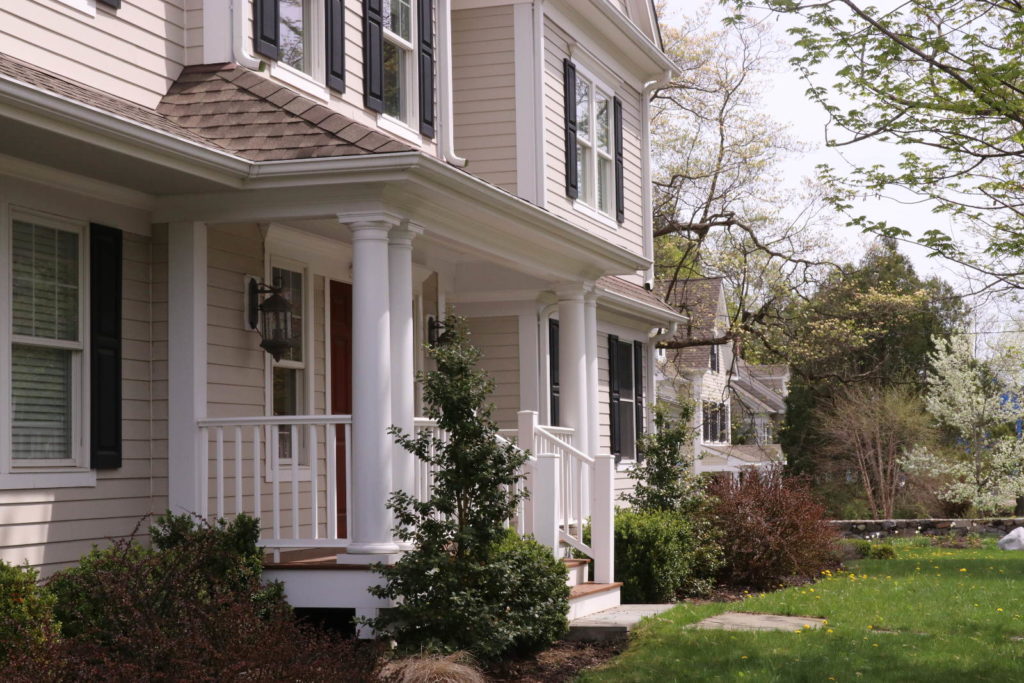
Recent Comments